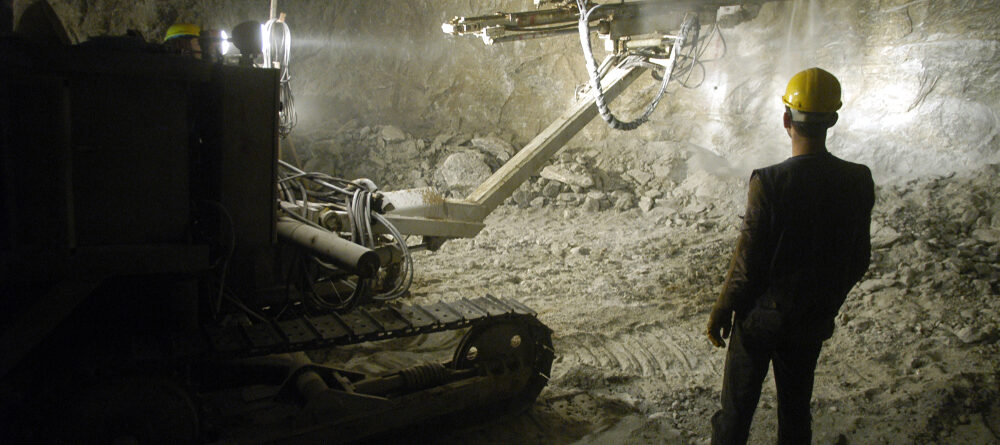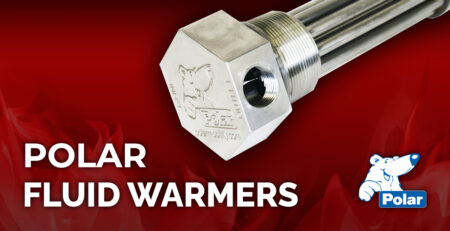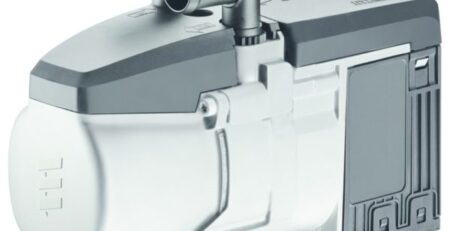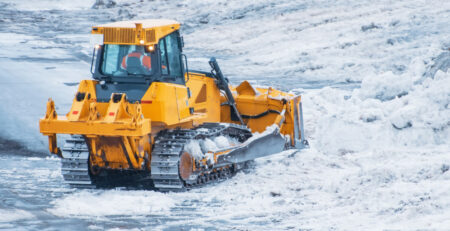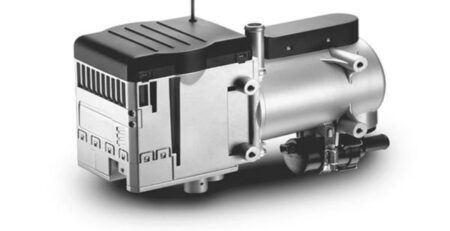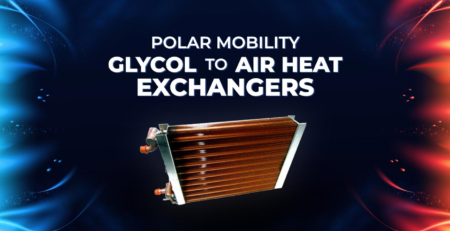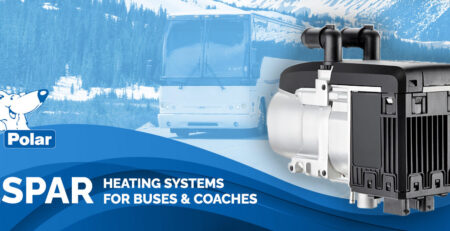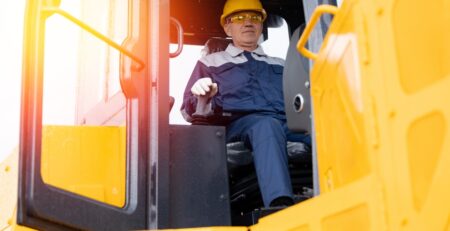Optimizing Air Quality in Underground Mines: Advanced HVAC Solutions
Underground mining means working in extreme conditions. Miners face severe heat, noise, airborne dust, diesel emissions, and confined spaces. Poor air quality in underground mines doesn’t just threaten the health and safety of your team—it affects equipment performance and productivity. In these environments, maintaining clean, breathable air isn’t just a regulatory requirement—it’s essential to your operation.
Let’s look at how innovative HVAC technology can significantly improve air quality and productivity in your mining operation.
Understanding the Challenge: Why Air Quality in Underground Mines Matters
The number one challenge in underground mines is the limited natural ventilation, which can cause particulate matter and hazardous gases to accumulate. These include:
- Methane
- Carbon monoxide
- Nitrogen oxides
- Diesel particulate matter (DPM)
- Silica dust
- Exhaust fumes
- Volatile organic compounds (VOCs)
- Elevated heat and humidity levels
The deep-earth environment naturally has high humidity and temperature levels that can make working conditions uncomfortable and even hazardous. Prolonged exposure can lead to long-term respiratory problems and reduced productivity. Regulatory compliance is only part of the solution—underground mine operators know that investing in high-performance air quality systems is an investment in safety, uptime, and workforce well-being.
Key Components of Advanced HVAC Systems for Mines
Advanced mining HVAC systems are designed to incorporate several key components to address these challenges:
Precleaners and Air Intakes
Air quality control in underground mines starts at the intake. Polar Mobility supplies advanced precleaners and Sy-Klone systems that remove large particles and debris before they reach your HVAC components. This not only improves air quality inside the cabin but also reduces filter loading and extends the life of your equipment.
HEPA Filters and Pressurizers
Our air quality systems use high-efficiency filters rated from MERV 16 up to HEPA-grade, capable of capturing over 99.97% of airborne particles as small as 0.3 microns. Integrated pressurizers maintain consistent positive pressure, keeping harmful airborne contaminants—like diesel particulate matter and silica dust—out of the operator space.
All components are designed to meet or exceed ISO 23875, delivering reliable protection in the most demanding mining and industrial conditions.
Designed for Extreme Conditions
At Polar Mobility, we manufacture and supply Canadian-made products designed for durability and ease of maintenance. Our HVAC and filtration systems are customizable, making them ideal for OEM integration or retrofit applications. Whether you’re outfitting a single loader or an entire underground mining fleet, we can tailor a solution to your needs.
Regular Maintenance and Monitoring
Regular maintenance is crucial to ensuring these systems perform effectively and reliably. That’s why we design our systems for easy filter access and modular part replacement. Continuous monitoring allows operators to catch performance issues early—helping you stay ahead of equipment failures and maintain regulatory standards.
Mining HVAC Systems from Polar Mobility
Optimizing air quality in underground mines is not just about complying with safety regulations; it’s about actively enhancing miners’ working conditions. Advanced HVAC solutions play a crucial role by providing robust, responsive, and energy-efficient systems. By investing in the latest technologies and practices, mining companies can be confident that their operations are safe, sustainable, and cost-effective.
Explore our complete catalogue of air quality systems and contact Polar Mobility for all your mobile heating, cooling, and ventilation needs.


